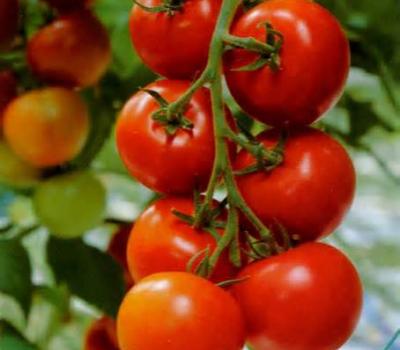All tags
5 star recipes
A
air fry
alcohol beverages
Beverages
BREADS
Breakfast
cakes
Candy
Casseroles
charcuterie boards
Chicken
chili
Chinese
Chowder
Christmas
coffee cakes
Conversion Chart
cookies
dale.
DESSERTS
DIPS
easter
fish
Freezer Meals
Friends
Halloween
herbs/spices
jan's canning
jan's ice cream
meat
Mexican
MISC
Muffins
new years
pasta
Pastry
Pies
polish
Potatoes
potpourri
pressure canner
QUICK BREADS
Rice
Salad Dressings
SALADS
sandwich spreads
Sandwiches
Seafood
Skillet
SNACKS
Soup
st. patrick
Stews
summer
t
Thanksgiving
Vegetables

Tomatoes
USDA guidelines You ust add lemon juice and salt to tomatoes when you can I added them to the recipe
Ingredients
TomatoesFew sprigs fresh thyme
Bay leaves
1 or 2 onion slices
Water, as needed
2 tablespoon lemon juice
1 teaspoon salt
Instructions
Pack whole tomatoes into quart/litre jars with a few thyme sprigs, a couple of bay leaves, and an onion slice or two. Close the lids and set the jars on a rack in a deep pan. Add enough water to cover generously. Weight down with a brick so they don't float. Simmer for an hour and a half, until they lose their shape and collapse. Let the jars cool in the water so that they form a tight seal. When done, each jar will look only half full of tomatoes.Properly-handled sterilized equipment will keep canned foods in good condition for years. Sterilizing jars is the first step of preserving foods.
Tips:
Jars should be made from glass and free of any chips or cracks. Preserving or canning jars are topped with a glass, plastic, or metal lid, which has a rubber seal. Two piece lids are best for canning, as they vacuum seal when processed.
To sterilize jars, before filling with jams, pickles, or preserves, wash jars and lids with hot, soapy water. Rinse well and arrange jars and lids open sides up, without touching, on a tray. Boil the jars and lids in a large saucepan, covered with water, for 15 minutes.
Use tongs when handling the hot sterilized jars, to move them from boiling water. Be sure the tongs are sterilized too, by dipping the ends in boiling water for a few minutes.
As a rule, hot preserves go into hot jars and cold preserves go into cold jars. All items used in the process of making jams, jellies, and preserves must be clean. This includes any towels used, and especially your hands.
After the jars are sterilized, you can preserve the food. It is important to follow any canning and processing instructions included in the recipe and refer to USDA guidelines about the sterilization of canned products.
MY NOTES